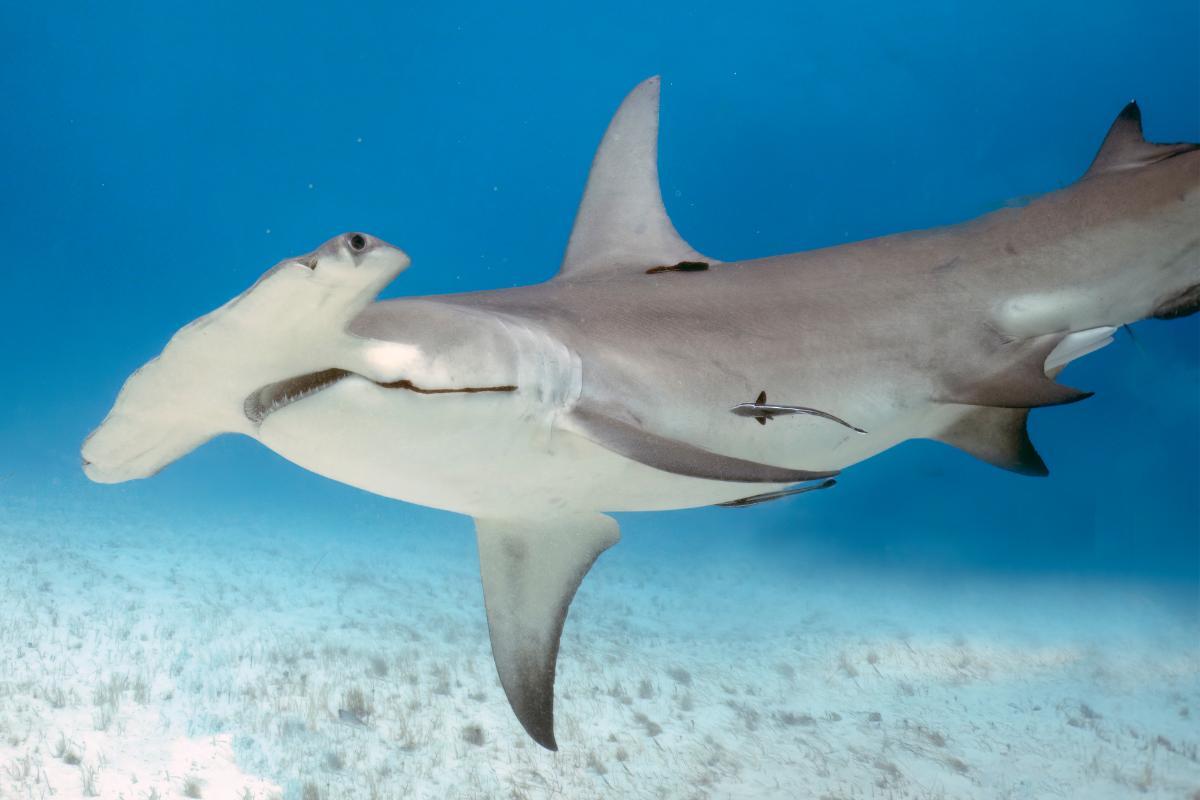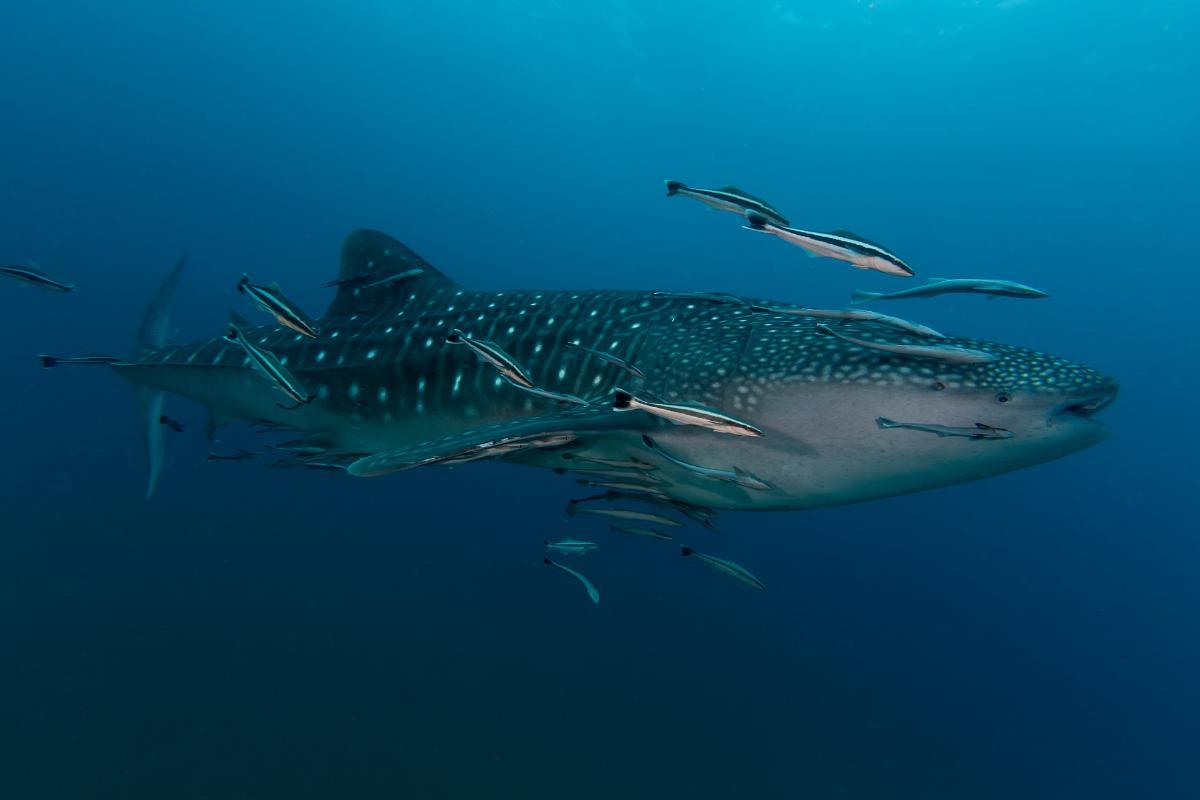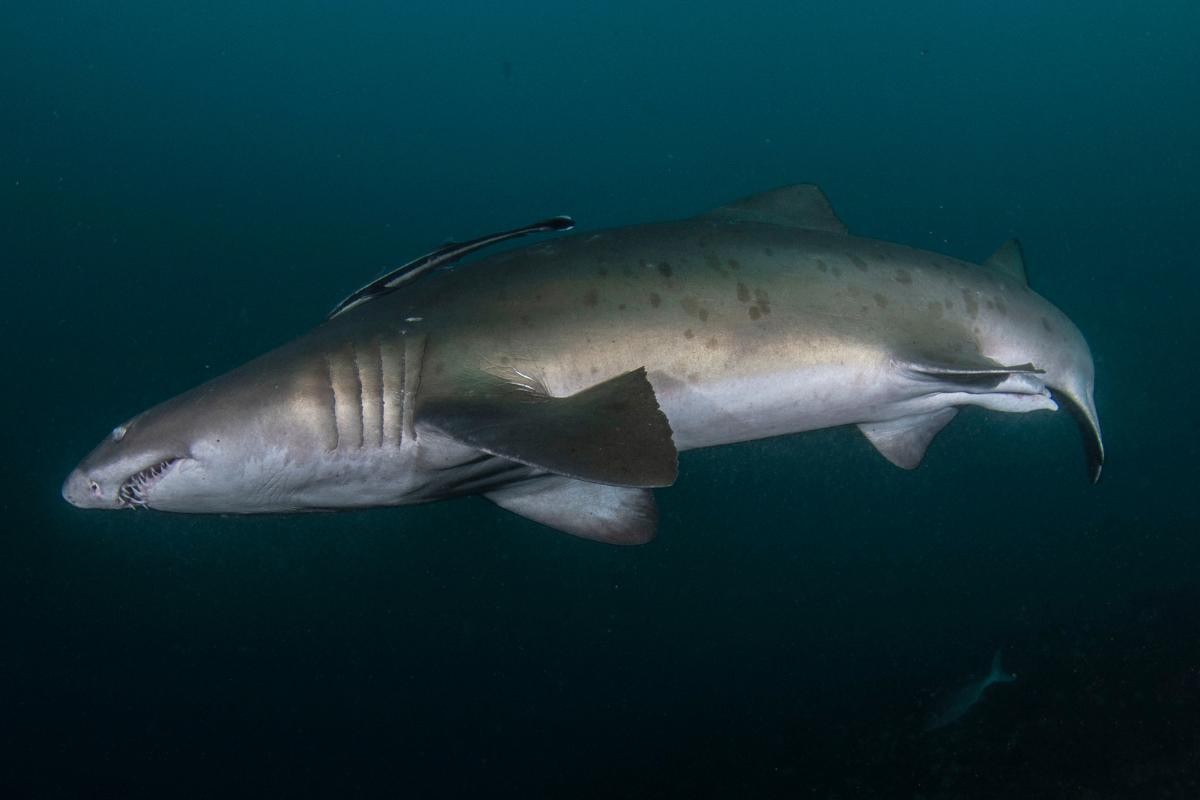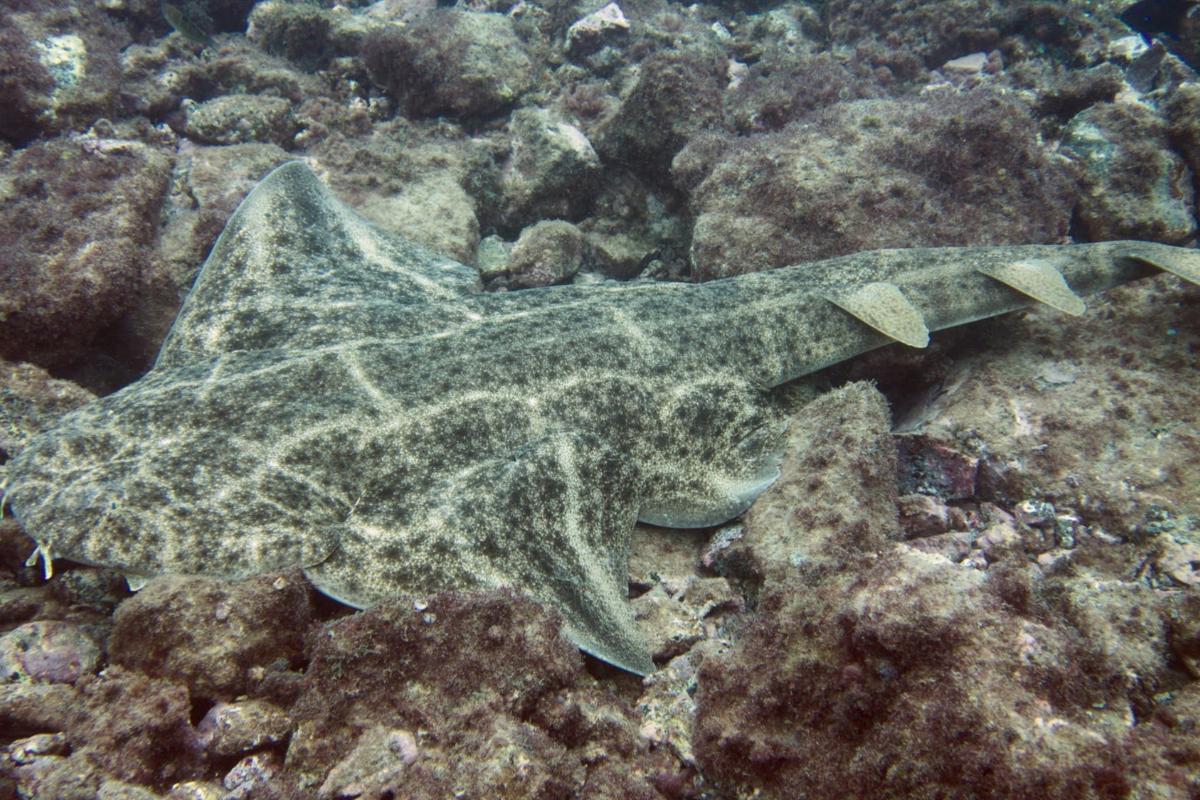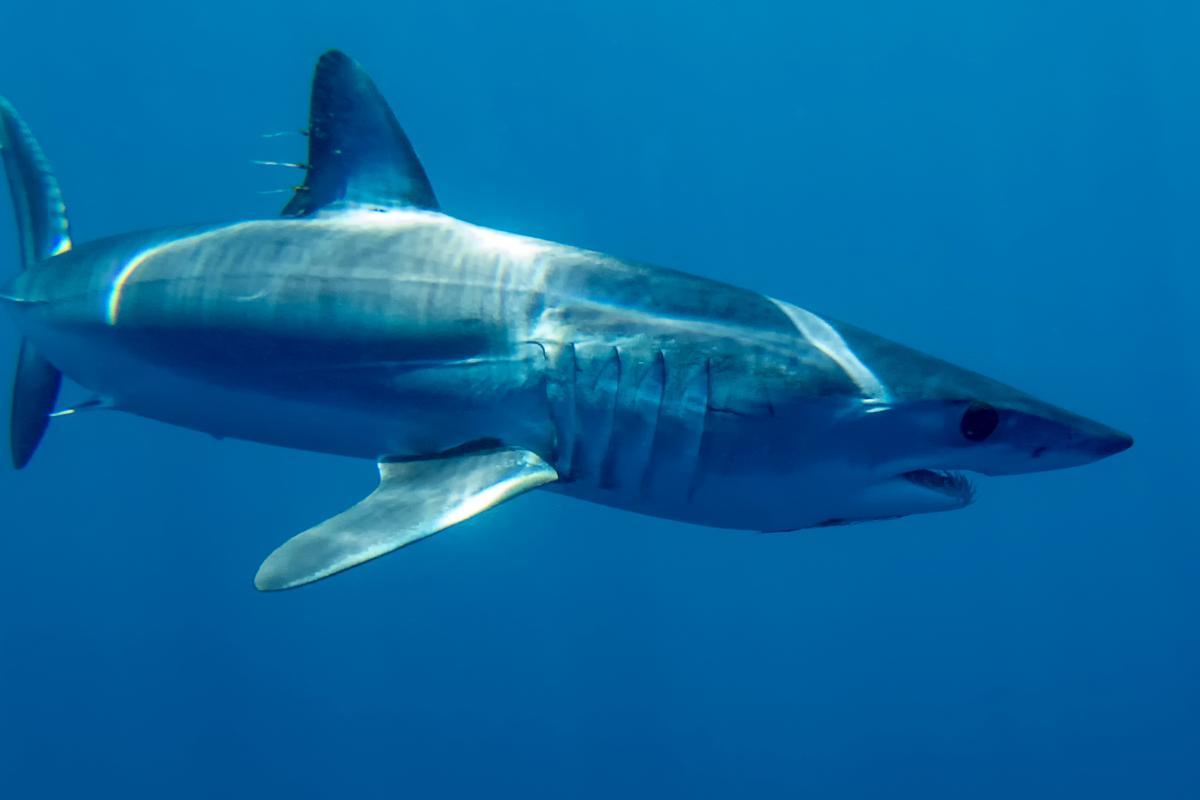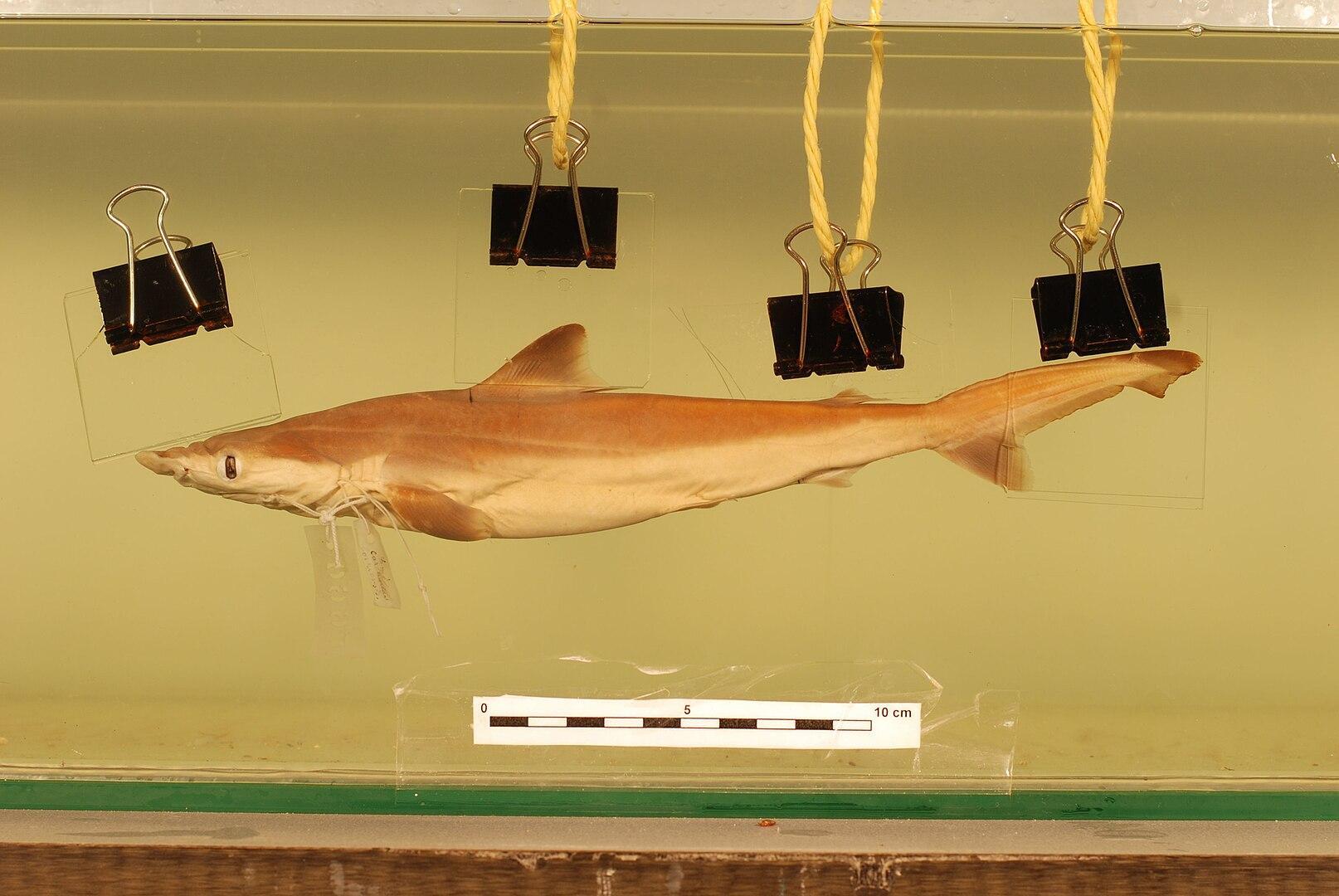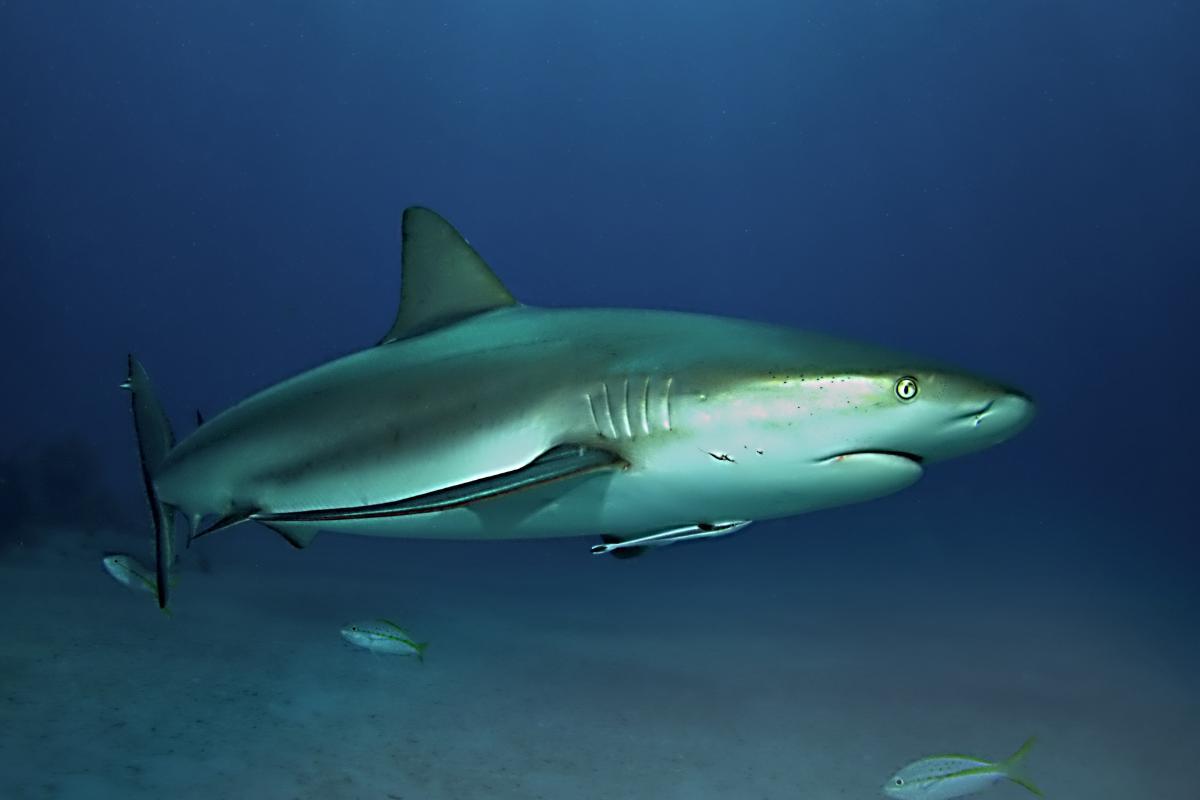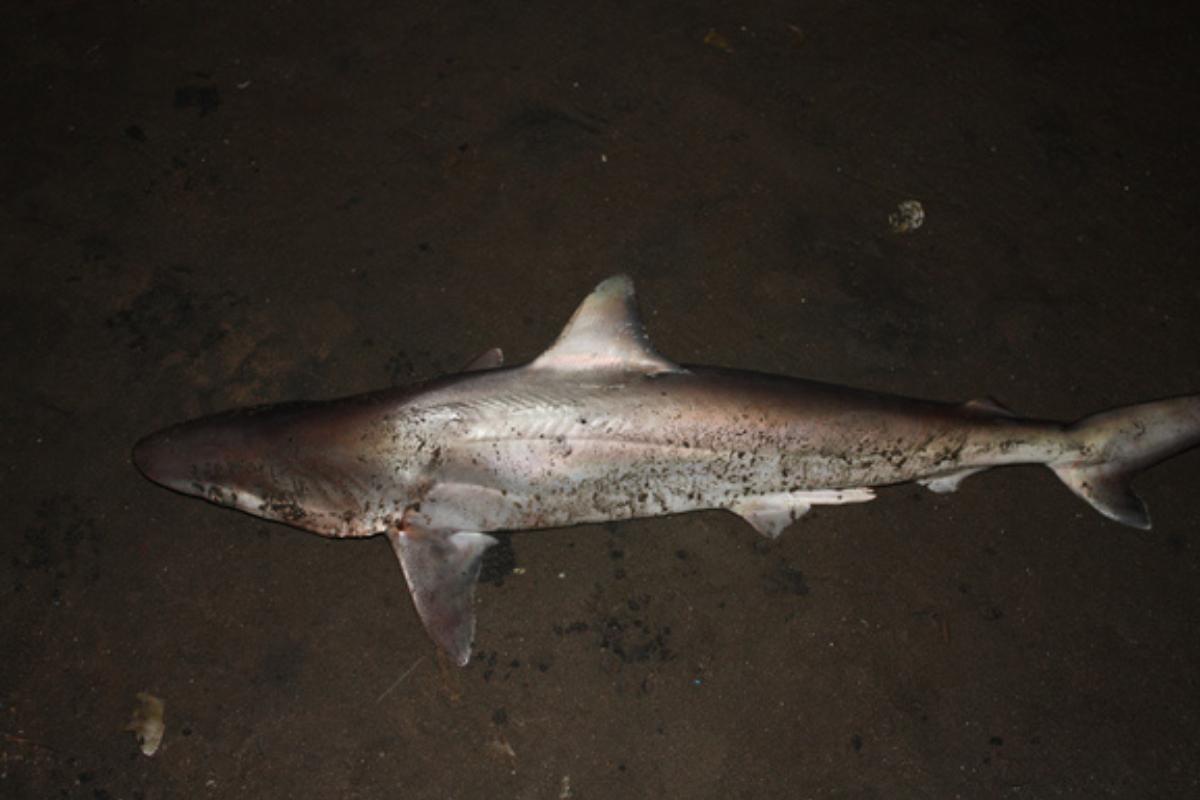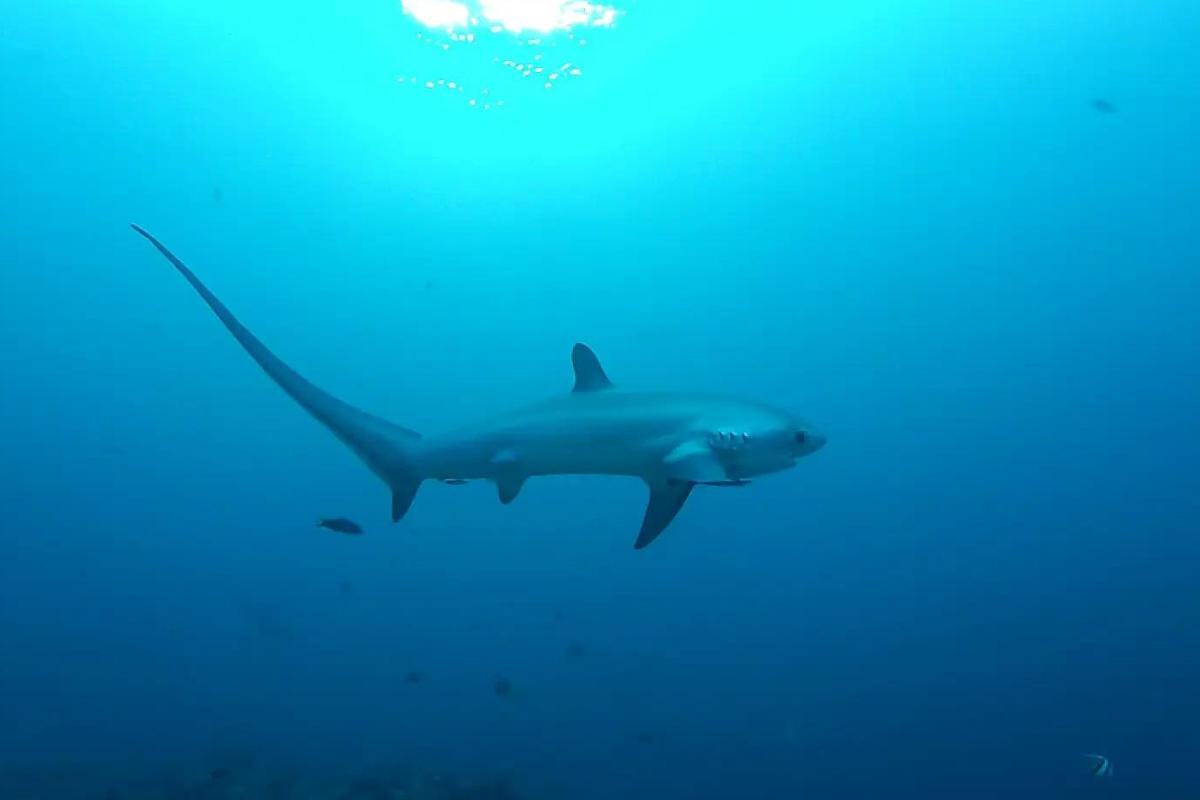Sharks in Danger of Extinction


Some shark species are very populous, but others are facing significant threats in their marine environments. This is due to overfishing, pollution and other dangers to their habitats. Some of the most iconic species of shark are now in varying levels of endangerment, such as the great hammerhead shark (Sphyrna mokarran) and the whale shark (Rhincodon typus). Despite inspiring fear in many of us, these sharks pose no direct danger to us. The only danger is the harm to the ecosystem their loss will cause which can have terrible effects to the world as a whole. Learn more with thedailyECO as we share 10 sharks in danger of extinction.
- Great hammerhead shark(Sphyrna mokarran)
- Whale shark (Rhincodon typus)
- Sand tiger shark (Carcharias taurus)
- Angelshark (Squatina squatina)
- Gray reef shark (Carcharhinus amblyrhynchos)
- Shortfin mako shark (Isurus oxyrinchus)
- Borneo shark (Carcharhinus borneensis)
- Caribbean reef shark (Carcharhinus perezi)
- Smalltail shark (Carcharhinus porosus)
- Pelagic thresher (Alopias pelagicus)
Great hammerhead shark(Sphyrna mokarran)
The great hammerhead shark is endangered due to illegal fishing and bycatch. The latter occurs when fishermen are trying to catch a certain type of marine animal, but accidentally catch other species in their nets at the same time. The great hammerhead lives all over the world, but mainly in tropical and temperate waters.
Despite its imposing appearance, the hammerhead is a shark that is not aggressive towards humans, except in cases where they are feeling under attack. In this way, they will be acting in self-defense. It reaches a length of about six meters and feeds on fish, small sharks, crustaceans and turtles.

Whale shark (Rhincodon typus)
The whale shark is the largest shark in the world, measuring up to twelve meters in length. It is found in almost all seas, except the Mediterranean. It is in danger of extinction because certain cultures have put a very high price on its meat, being sold at market as exotic food. A true massacre has developed against them that, despite demands to stop animal cruelty and conserve animal species, may see the extinction of this shark species.
Learn more about the habitats of animals like the shark with our article on the types of pelagic fish.

Sand tiger shark (Carcharias taurus)
Also known as the gray nurse shark, the sand tiger shark is one of the few shark species that can live in both freshwater and saltwater environments. It measures about three meters in length and is a type of shark that is aggressive and violent against humans, even when not being attacked themselves. Because it is one of the largest predators in the world, it is continually attacked to maintain peace in the most populated coastal areas, where it regularly lives.
Learn more about what is a coastline in geography with our related guide.

Angelshark (Squatina squatina)
While we may not be aware that this species is a type of shark, the angelshark or monkfish is a shark that is well known for its use in various cuisines around the world. It is easily distinguished by its wide pectoral fins that give it the appearance of a swimming angel. It has become extinct from almost all seas due to overfishing and it is only possible to find it wild near the Canary Islands.

Gray reef shark (Carcharhinus amblyrhynchos)
The gray reef shark is one of the most common in the Pacific. It can be found from Easter Island to the Red Sea. Despite being one of the most common sharks, its status is almost threatened. This is due to the way in which its number has been reduced by indiscriminate fishing. As its name indicates, it usually lives near reefs.

Shortfin mako shark (Isurus oxyrinchus)
Despite also being one of the most common in the world, the shortfin mako shark, has had its population decimated to the point that it could soon become extinct in the wild, according to experts. Not only has human activity caused their number to reduce, but also the pollution of the seas influences the reduction of their habitat, today almost reduced to zero compared to past decades.

Borneo shark (Carcharhinus borneensis)
The Borneo shark is declared endangered. Illegal hunting has led to this current population status. Its meat, fins, fat, teeth and almost its entire body are sold, so fishermen eager to market it have drastically reduced its numbers. Soon they will have nothing to sell from it, if they cause this shark to become extinct.

Caribbean reef shark (Carcharhinus perezi)
The next shark in danger of extinction on our list lives in tropical waters of the Atlantic Ocean and the Caribbean. The Caribbean reef shark feeds on fish and rays that live near reefs. It is hunted directly by fishermen to sell its prized meat. In the last thirty years the population of this type of shark has been reduced by 99 percent.

Smalltail shark (Carcharhinus porosus)
The smalltail shark has reduced its population so much that only a few specimens can now be found in the southern region of the South China Sea. Very possibly, in the coming years it will already be completely extinct. It should be noted that being a rather small shark that usually measures one meter long on average, it is easy prey for other larger sharks, which has contributed to the decline of its populations.

Pelagic thresher (Alopias pelagicus)
The last shark on our list of sharks in danger of extinction is the pelagic thresher. It lives in the Indo-Pacific Ocean, in tropical and subtropical waters. It is easily distinguished by its enormous straight tail, which is almost the same length as its body. Like most sharks, the pelagic thresher is hunted to sell its meat, liver, skin, fins, teeth and fat , which is why it is already on the red list of sharks close to extinction.
It is also fished for its highly appreciated squalene oil which is extracted from its liver. It is widely used in the cosmetic industry, supposedly healthy foods and for the production of high-quality vitamins. Added to this is their very limited reproductive potential. While dozens of sharks are hunted every day, new offspring are counted one by one.
To know more about how sharks behave in their environments, check out our related article asking are sharks blind?

If you want to read similar articles to Sharks in Danger of Extinction, we recommend you visit our Animals in danger of extinction category.
- Kolbert, E. (2015). The sixth extinction: an unnatural story. Spain: Criticism.
- Esteban, J. M. (2019). Extinction Loops: Interdisciplinary Studies on New Technologies, Expansive Markets and Biodiversity. United States: Xlibris.






